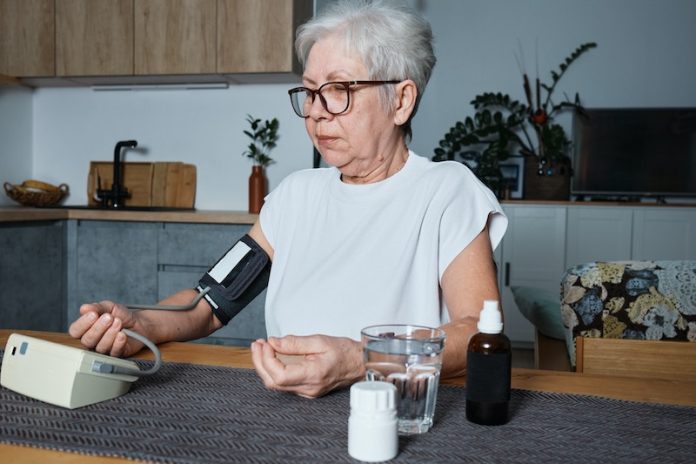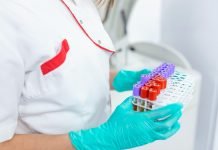
Researchers from the University of East Anglia have come up with an easier way to spot people who might get an irregular heartbeat, medically known as atrial fibrillation.
This irregular heartbeat isn’t deadly on its own, but it can make you up to five times more likely to get a stroke. Strokes can be life-altering, causing anything from minor injuries to severe disability or even death.
The scientists created a tool that any doctor can use. The goal is to find out which patients are more likely to develop this heart issue and therefore have a higher chance of getting a stroke down the line.
By spotting the issue early, doctors can start treatment to lower the patient’s risk.
What the Study Reveals
The study looked at 323 people in the East of England who had a stroke but didn’t know why. The research took place in various hospitals, including Cambridge University Hospital.
The team checked out these people’s medical records and used special devices to monitor their heartbeats for a long time. They also used ultrasound to get a better look at their hearts.
What did they find? Four things stood out that made someone more likely to have atrial fibrillation.
Older people were more at risk. So were people with higher “resting” blood pressure—the kind of blood pressure reading you get when you’re sitting quietly.
Also, the study found that if the upper left part of your heart isn’t working well or isn’t in sync with the rest of the heart, you’re at greater risk too.
Why This Matters
Lead researcher Prof. Vassilios Vassiliou explained how important it is to know who might develop atrial fibrillation.
According to him, knowing who’s at high risk is crucial because the treatment involves medicines that thin your blood. These medicines can lower the chance of getting another stroke.
Usually, after a stroke, you’d need various tests to figure out what caused it. This might include sticking a small device under your skin to watch your heart rhythm for a long time and doing a heart ultrasound.
But this new tool makes it easier to find out who really needs those tests and medicines.
With this tool, doctors can more easily pinpoint who needs to get their heart rhythm watched closely and who should start taking blood-thinning medicines sooner to avoid another stroke.
It’s a straightforward tool that could save lives by helping doctors act faster and more precisely.
The study’s findings were presented at a big heart conference in Amsterdam and also published in a scientific journal. This work was a team effort involving multiple universities and hospitals across the UK.
Now, the researchers hope their easy-to-use tool will help doctors diagnose and treat more people at risk, preventing future strokes and improving lives.
The study was published in the European Journal of Preventive Cardiology.
Follow us on Twitter for more articles about this topic.
Copyright © 2023 Knowridge Science Report. All rights reserved.




